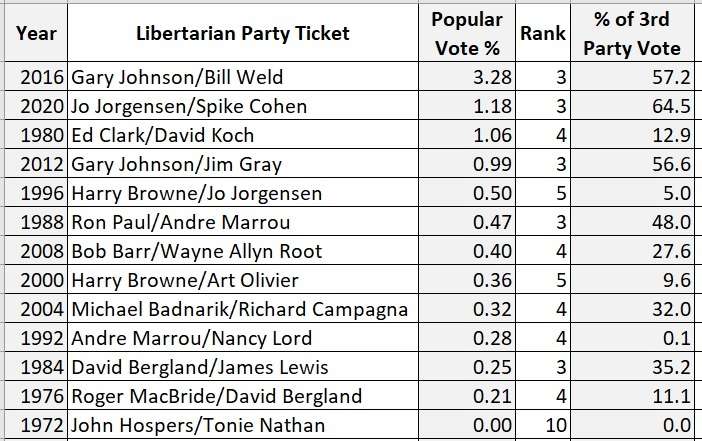The wave of successful zoning reforms sweeping the country has largely passed over America’s largest city. No longer, it seems.
On Wednesday, Mayor Eric Adams released a “City of Yes” initiative that aims to lessen the city’s regulatory burden on new housing, small businesses, and “zero carbon” infrastructure
“We are going to turn New York into a city of yes. Yes in my backyard. Yes on my block. Yes in my borough,” said the mayor during a speech. “Rules that made sense in the days of the rotary telephone are getting in the way of doing business in the age of the smartphone.”
There’s little that’s revolutionary in the mayor’s plan, which was also light on the details. The guiding thrust of Adams’ initiative is nevertheless a view that the city places too many needless regulations on its entrepreneurs and homebuilders.
For businesses, Adams has proposed a Zoning for Economic Opportunity amendment that would allow certain businesses—his plan specifically mentions life sciences, custom manufacturing, maker-retail, and nightlife—to open up in more areas of the city and give other businesses an easier time expanding.
In his remarks on Tuesday, Adams gave the example of how a bakery in a residential neighborhood would have to move to a manufacturing zone if it wanted to expand and start doing wholesale deliveries. He wants to give them the flexibility to expand in place.
He also called for finally ending the city’s restrictions on dancing in bars. In 2017, the city repealed its law requiring cabaret licenses for bars that wanted to allow dancing. That reform left in place zoning regulations that still banned dancing.
Adams is proposing to complete that unfinished work, saying “we’re going to change that no to a yes, and let the people dance.”
The mayor’s Zoning for Housing Opportunity amendment is similarly a bundle of reforms meant to expand housing supply in a city that’s been underbuilding for a decade.
Adams has proposed giving density bonuses to projects that include affordable, price-restricted units, eliminating restrictions on how many studio apartments buildings can include, and making it easier to convert commercial space to new homes.
To the delight of zoning reformers, he’s also proposed to reduce how much parking is required in new residential developments.
“It’s an outdated policy,” says Logan Phares, the political director for zoning reform group Open New York, of the city’s parking requirements. “We can allow the market to decide if parking is needed. A lot of places in the city do not need to be building new parking. We have the best mass transit system in the country.”
Open New York, in a statement, urged Adams to eliminate the city’s parking requirements completely, saying the policy needlessly forces developers to devote floor space to cars that no one is demanding.
Other cities that lessened their parking requirements have seen a rush of new development. After years of chipping away at them, Minneapolis eliminated parking minimums citywide in 2021, which contributed to a spike in the construction of new, smaller apartment buildings.
Eric Kober, a former New York City planner and scholar at the Manhattan Institute, says that the individual planks of Adams’ plan are all virtuous, but that doesn’t touch the largest impediments to new housing development in the city.
“The things that they are doing are good things, but they’re not the most impactful things they could do,” he tells Reason.
In particular, he says Adams is missing an opportunity to call for much-needed reform of the city’s Mandatory Inclusionary Housing (MIH) program created by the last mayor, Bill de Blasio, in 2016.
MIH requires that projects built in areas that have been rezoned to allow for more housing include a set percentage of affordable units. Developers seeking individual rezonings that would allow them to construct larger projects must also include a set percentage of affordable units.
Nearly 1,000 jurisdictions in the country have these kinds of inclusionary zoning programs. Research has generally shown that they act as a tax on new housing, increasing rents overall and/or suppressing new supply.
Because the MIH’s requirements are so steep (developers have to offer anywhere from 25 percent to 40 percent of their units at below-market rates), the program “effectively precludes the construction of new housing upon rezoning except in the most affluent parts of the city,” he says.
A 2020 study authored by Kober notes that in its first four years, MIH produced just 2,065 units, with most of those in projects that received heavy public subsidies.
A state tax credit that builders of MIH projects could make use of to offset the costs of the affordable units is also expiring this month, which will make even fewer MIH-subject projects viable, says Kober.
“The city can’t rezone and get privately financed housing that doesn’t have a deep public subsidy component,” he says.
Making fixes to that program will be a big political lift. Kober expressed skepticism that the current New York City Council, which he describes as hostile to private, market-rate housing development, will make the necessary changes.
Phares sounded a more optimistic note, telling Reason that while many individual council members do successfully oppose housing in their districts, that’s becoming more politically controversial.
The day before Adams announced his “City of Yes” initiative, news broke that the developers behind One45, a proposed 1,000-unit project in Harlem, had withdrawn their development application. The project had been fiercely opposed by Councilmember Kristin Richardson Jordan, who said it didn’t include enough low-income units.
Jordan’s opposition was enough to kill the project. But it also attracted a heated tweet thread from Councilmember Erik Bottcher, who said the “fiasco” illustrated the need for citywide rezoning for more housing.
“I refuse to spend my time on the Council (and on the Zoning Subcommittee) lurching from project to project, only to produce a fraction of a fraction of the housing we need,” he said on Twitter.
“Not only are people realizing we have a housing shortage, and we are in a state of crisis,” says Phares, they are also realizing that a system that gives individual politicians so much power to block new housing is responsible for it.
Adams’ “City of Yes” doesn’t confront the worst aspect of that system. But it is a first step toward peeling back regulations that have made the country’s biggest city one of its most expensive too.
The post Eric Adams Wants to Cut a Rug, Zoning Regulations appeared first on Reason.com.
from Latest https://ift.tt/67EeQgn
via IFTTT








